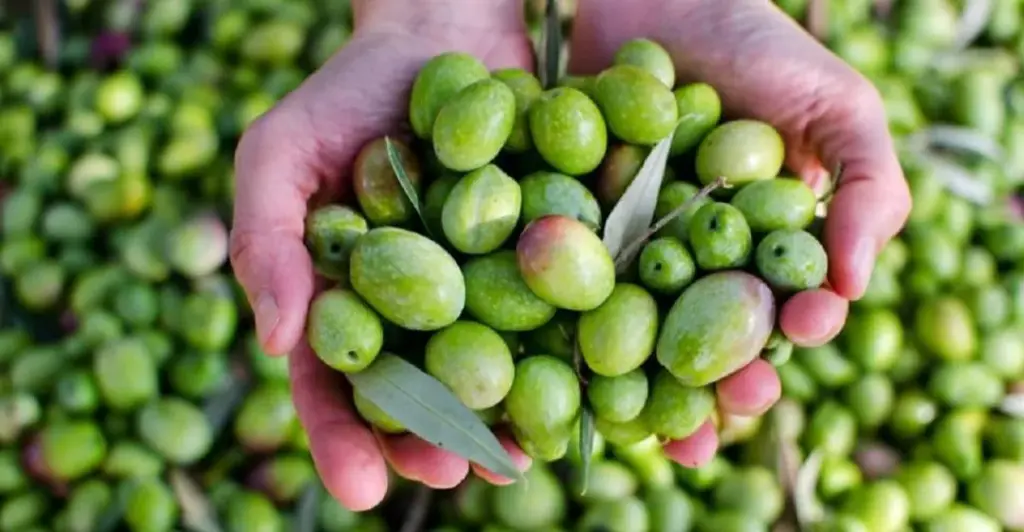2025-10-27T15:46:08+00:00
font
Enable Reading Mode
A-
A
A+
Shafaq News
– Damascus
Syria’s
olive harvest has fallen by more than 45% this season compared to last year,
the Ministry of Agriculture reported on Monday.
Olives are a
strategic crop in Syria, covering roughly 12% of the country’s agricultural
land. The nation cultivates about 679,000 hectares with roughly 101 million
trees, 90 million of which are productive, across more than 70 varieties for
oil and table consumption.
Abir Jawhar,
director of the Olive Office at the Ministry of Agriculture, told Shafaq News that about 85% of
Syria’s olive groves are rain-fed, making them highly vulnerable to drought.
She attributed the decline to climate change, reduced rainfall, extreme heat,
and widespread wildfires, noting that limited access to fertilizer and
irrigation further reduced production. She described this season as “naturally
a low-yield year.”
Wildfires
have destroyed thousands of hectares, forced evacuations, and raised concerns
about long-term environmental and public health impacts. Firefighting
operations involve over 150 teams from Syria’s Civil Defense, with support from
neighboring countries.
Read more: Syria’s inferno: Nature and health at risk
Jawhar said
the ministry is implementing strategies to develop the olive value chain,
including applying good agricultural practices, providing technical support to
farmers, and distributing improved saplings adapted to each region. Olive mills
follow Syrian Standard 4083 to ensure high-quality extra virgin olive oil for
local and international markets.
The ministry
estimates total olive output at around 412,000 tons, down from 750,000 tons
last year, with olive oil production at approximately 66,000 tons. Figures are
based on field surveys conducted by provincial agriculture directorates.


Dining and Cooking